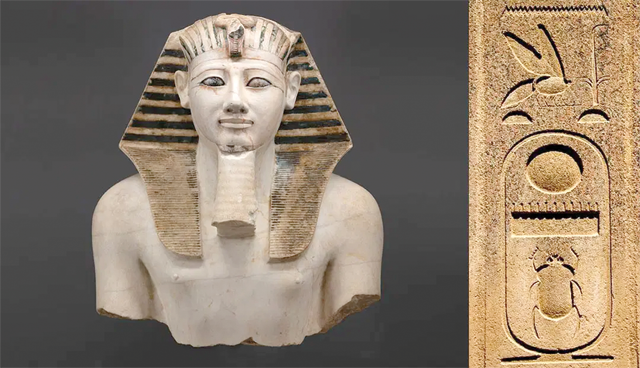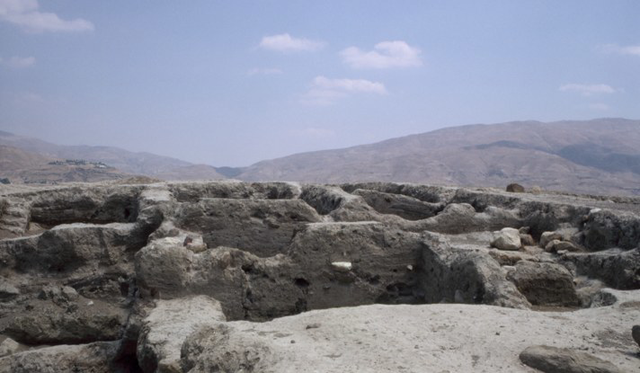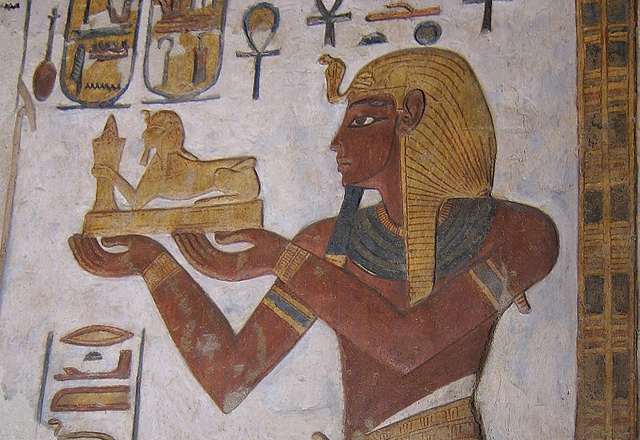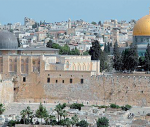You are here
Egyptian archives: Insights into Jordanian Late Bronze Age
By Saeb Rawashdeh - Aug 17,2024 - Last updated at Aug 18,2024

Upper part of a statue of Thutmose III, ruled 1,479-1,425 BC (Photo courtesy of The Met Museum)
AMMAN — Many historical sources about the Late Bronze Age on the territory of the modern Jordan come from Egyptian archives.
The oldest relevant text is the topographical list of Thutmose III in the Amun temple in Karnak. Thutmose III (also spelt as Tuthmosis or Thothmes), sometimes called Thutmose the Great, was the sixth pharaoh of the 18th Dynasty, reigning from 1,479 BC until 1,425 BC. His rule was characterised by military expansion in Nubia and the Levant.
It is suggested that the topographical lists in the Levant were composed from pre-existing itineraries used by Egyptian couriers in the 15th century. Ancient Egyptians were well informed about routes between Damascus and Karak, across the Transjordanian Plateau, mentioning Wadi Yarmuk, Wadi Zerqa and Wadi Mujib in their itineraries.
"Although Donald Redford [American Egyptologist] identifies and/or explains every name, his explanations are not always convincing from an archaeological standpoint. According to Redford, the fact that no Late Bronze Age occupation has been found on a site, does not mean that it does not exist: it may not have been recognised, or it may be somewhere else on the site," noted Eveline Johanna van der Steen from Leiden University, adding that this is of course possible, but it seems improbable that it should be true for all the identified sites.
“Redford also suggests that some name might refer to a region or wadi in which this site lay”, Van der Steen continued, adding that Pella (Pihil, or Pihilu(m)) and Shechem are mentioned in the Middle Bronze Age Execration texts. Pella is also mentioned twice in inscriptions from Amenophis III (1,411 BC– 1,375 BC): on a statue-socle from Thebes, and on the list from the Soleb temple in Nubia.
"The Soleb list may also have mentioned Moab for the first time, although the actual name was not preserved," Van der Steen said.
The Amarna letters are a corpus of 382 clay tablets found at Tell Amarna, the capital of the Egyptian empire during the reign of Amenophis IV.
According to Moran, they cover the period between the 30th year of Amenophis III until the first year of Tutankhamun, when the court at Amarna was abandoned (1,360 BC – 1,333 BC).
"These letters are part of the official correspondence between the Pharaoh and the rulers of his vassal city states in Canaan. The language, obviously some kind of lingua franca, was a West-Semitic dialect of Akkadian. The language can only be described as an entirely new code, only vaguely intelligible (if at all) to the west Semitic because of the lexicon, and to the Babylonian because of the grammar," Van der Steen underlined, adding that even though, with a few exceptions, only one side of the correspondence has been found, namely the letters to the Pharaoh, this correspondence is very informative about the political situation of the period and the interrelationships between the city-states.
All the city-states are formally subject to the Pharaoh of Egypt and to his commissioner or representative (his Rabu). Every letter from a city-state regent starts with a pledge of loyalty before addressing its main message.
"Many of the letters simply ask for the sending of troops to fight against the Hapiru. Often these demands are supported by accusations against the regents of other city-states, who are accused of conspiring with each other and with the Hapiru against the lands of the king," Van der Steen said, adding that notorious are Lab’ayu of Shechem and his sons, and Milkilu of Gezer and his father-in-law Tagi Abdi-Hepa of Jerusalem is accused of being ‘a second Lab’ayu’, taking the cities of the king.
The letters from these brigands themselves however, also to the king, are specifically written to assure him of their loyalty. They obviously are the victims of slander.
Both Abdi-Hepa and Milkilu even accuse Ianhamu, the king’s Rabu, of conspiring against them, the scholar said, adding that often the city-state regents have to stand up against their own people, who tend to support the Hapiru, and who sometimes even kill their own regents.
"The general impression that we gain from these letters is that there were a number of groups or factions, who, although legally subjected to the Egyptian king, were in practice mostly left to their own devices and to their own petty territorial fights over the hegemony of their city-states. Only occasionally does the king see fit to interfere in their conflicts," Van der Steen concluded.
Related Articles
AMMAN — The Late Bronze Age had been characterised by the concept of the city-state, although it was not the case in the Levant until the Ir
AMMAN — Scholars have speculated that in the Late Bronze Age, a trade route existed between Wadi Zarqa, Deir Alla and the Amman plain, exten
AMMAN — The Sea Peoples are often blamed for the collapse of the Bronze Age civilisation.Such opinion was particularly popular among researc


















